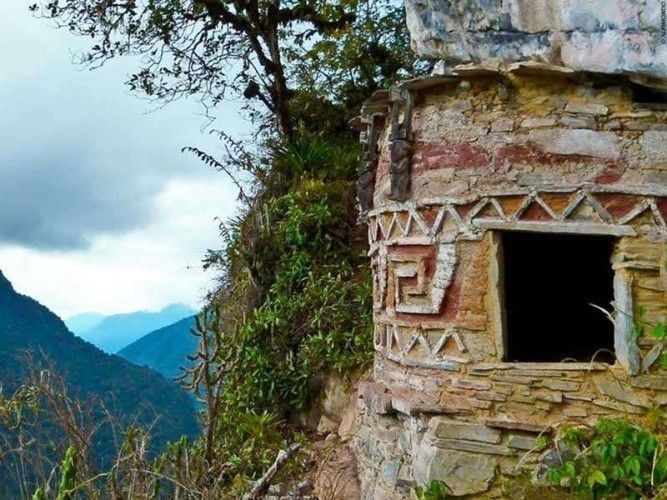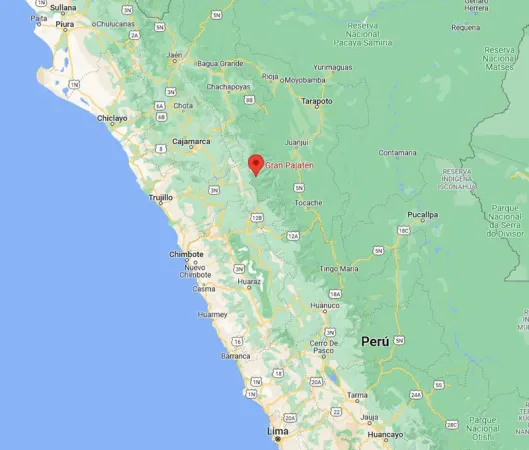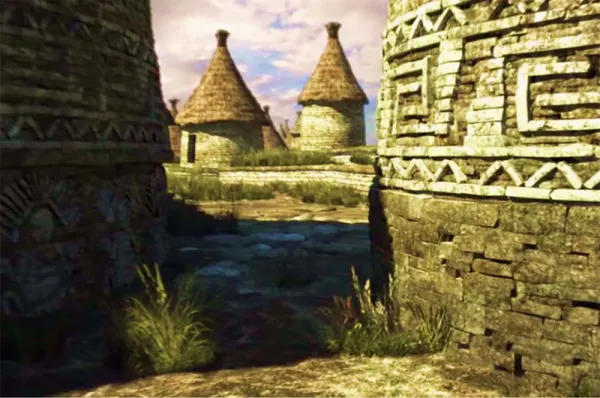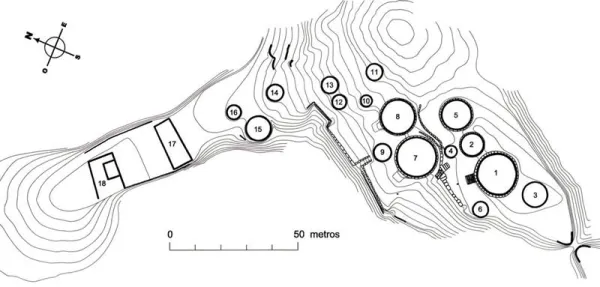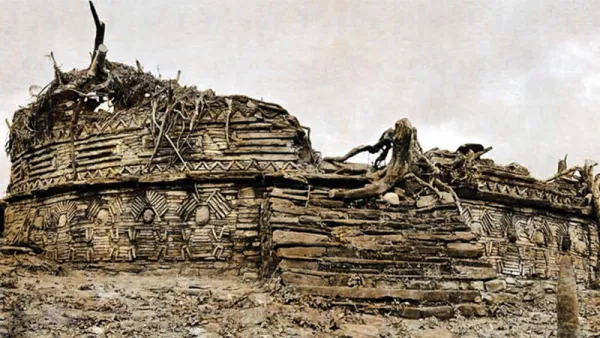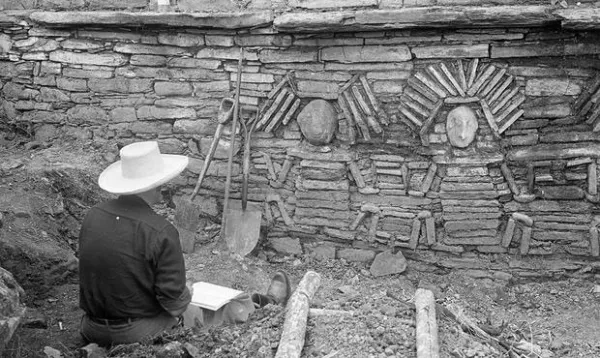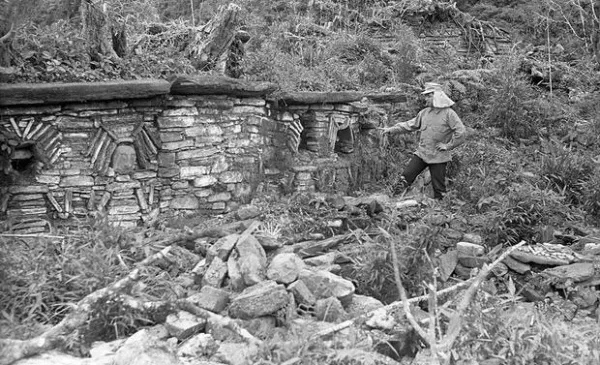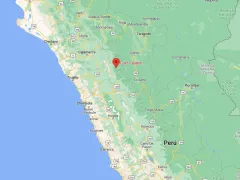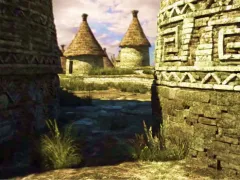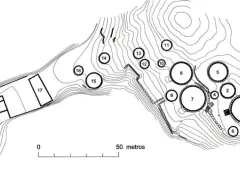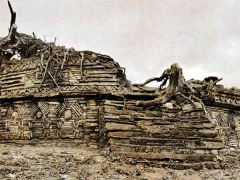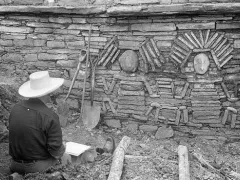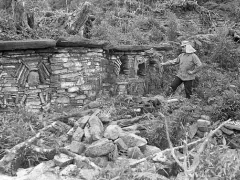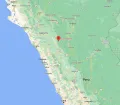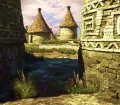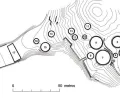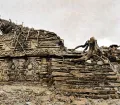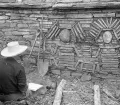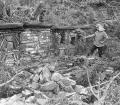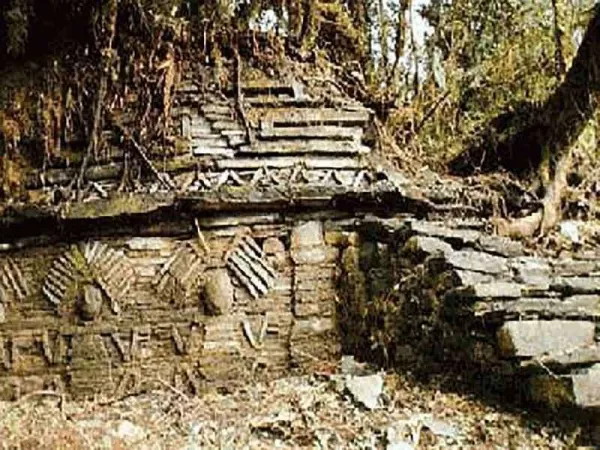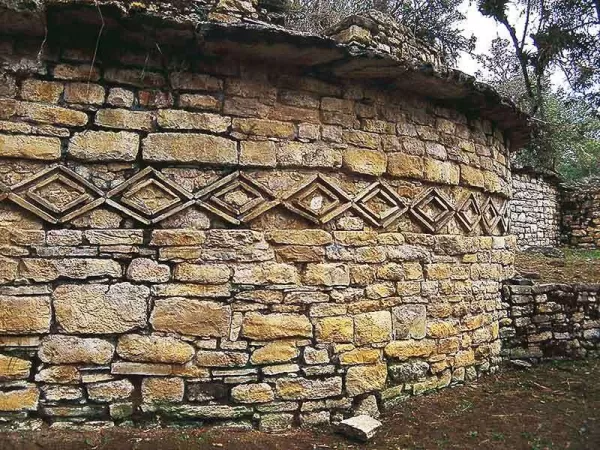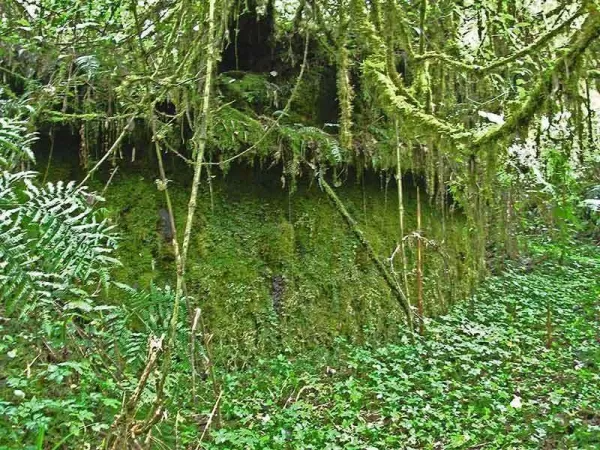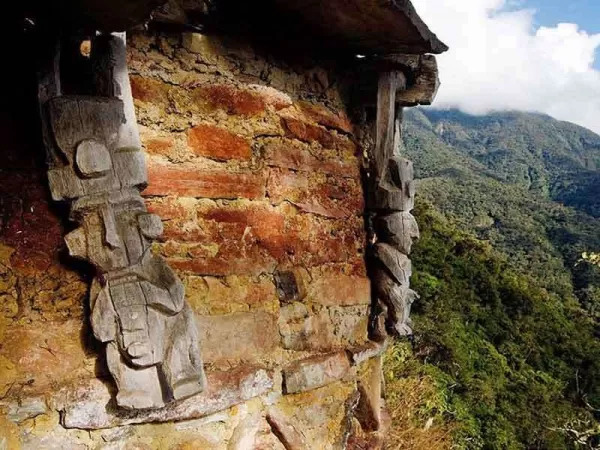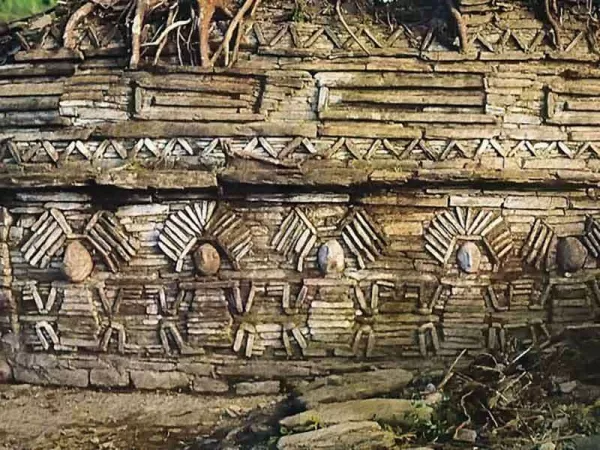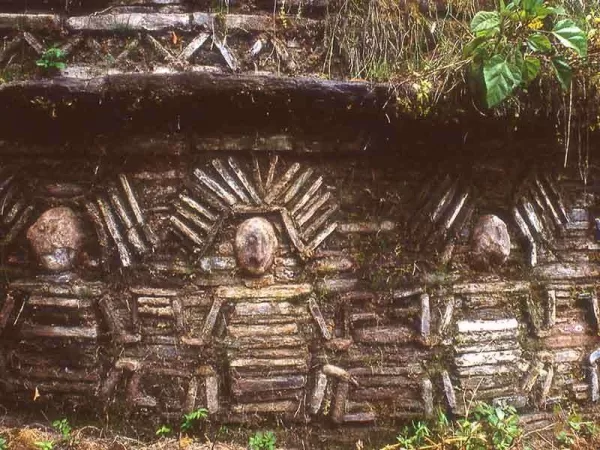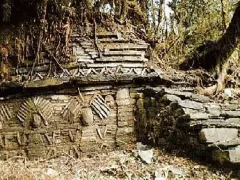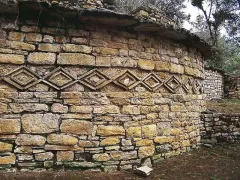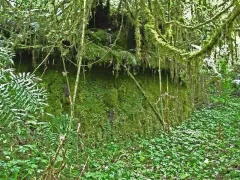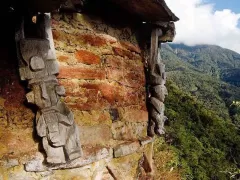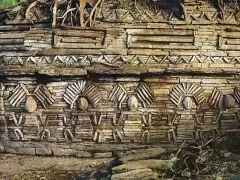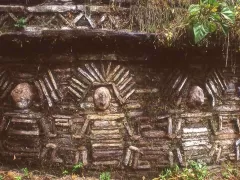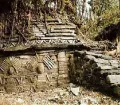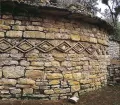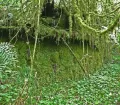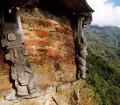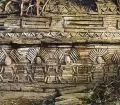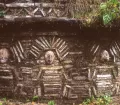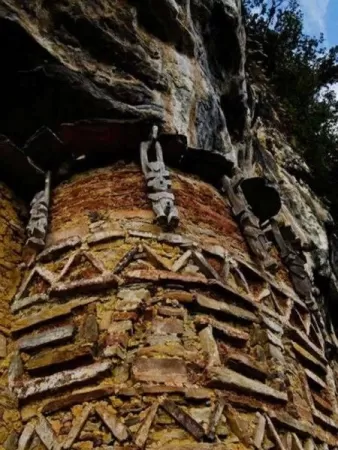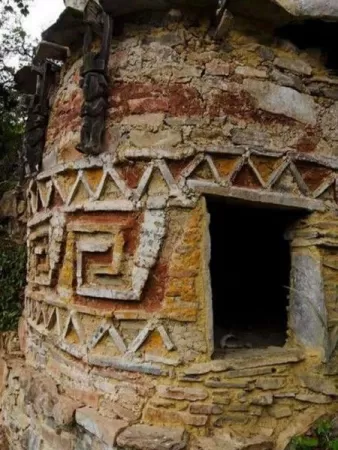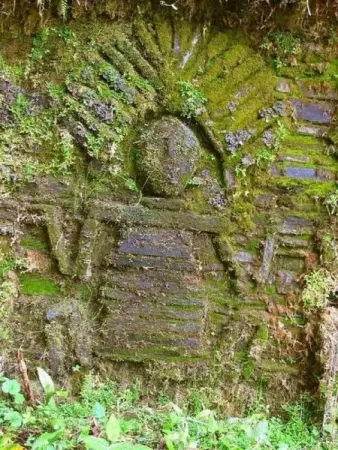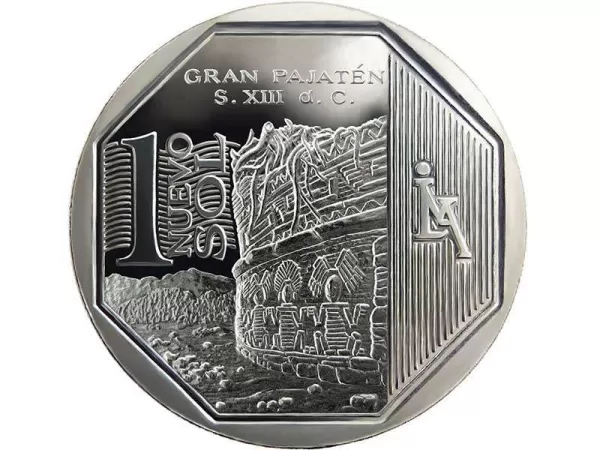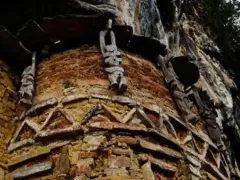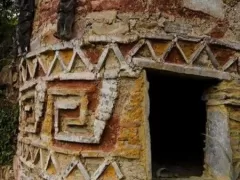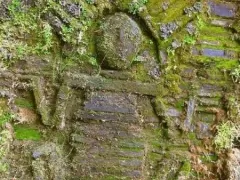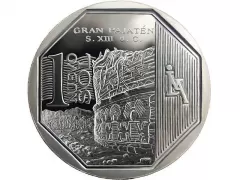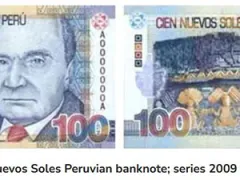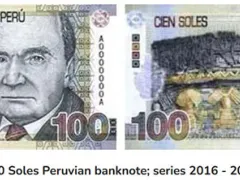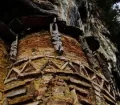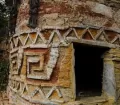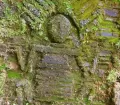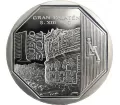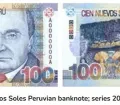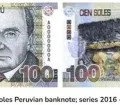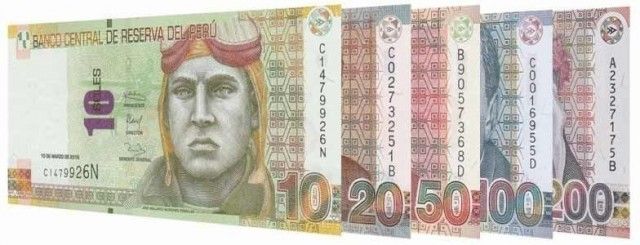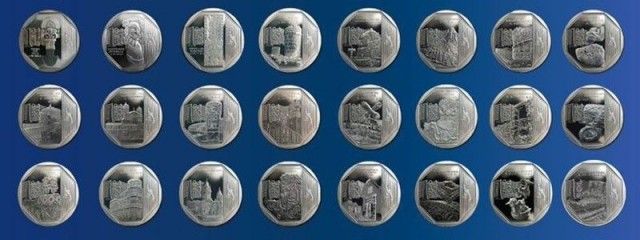Gran Pajaten is an archaeological site in the Andean jungle of northern Peru built around 200BC by the Chachapoya culture, the most important pre-Colombian civilization in the area of the time.
Located on the border of the San Martín and La Libertad region in the Rio Abiseo National Park at 2850 m (nearly 9500 feet) above sea level amidst the Andean cloud forest this amazing ancient complex until todays is extremely difficult to access.
Sitting on a hilltop overlooking the Rio Montecristo, Gran Pajaten occupies an area of around 2 ha (5 acres) The complex consists of at least 26 circular stone structures built atop numerous terraces, narrow paths and steep staircases which connect the different levels of the site.
Some of the buildings are beautifully decorated with elaborate inlaid slate mosaics and stone carvings depicting geometrical, human and bird motifs.
Because of its remote and mystic location, Gran Pajaten every now and again has been associated with El Dorado, the famous lost city of gold. After conquering Peru, the Spaniards searched for it as well in the Peruvian Andean jungle. But they never found El Dorado nor Gran Pajaten.
The ancient Chachapoyas site was only rediscovered most probably in the early 1960s by a local villager, but the credit for it claimed the US American explorer Gene Savoy with the international publication of the discovery in 1965.
After that researchers began to clear not only the dense vegetation surrounding the archaeological site, but also the one protecting the stone structures. Exposing the ancient ruins to the harsh elements of the Andean cloud forest without further conversation quickly resulted in a deterioration of the stone buildings. Additional archaeological expeditions in 1985 and 1990 further damaged and worsened the delicate condition of the fragile the ruins.
There have been plans for years now to properly conserve and reconstruct the site as well as construct roads and basic tourist infrastructure in the area. As the Rio Abiseo National Park including Gran Pajaten is a UNESCO World Heritage Natural Site since 1990, a UNESCO WOrld Heritage Cultural Site since 1992 and a Peruvian Biosphere Reserve since 2016, these plans are still on hold due to the fragile condition of the site and the immense costs. Nevertheless, while opening this remote part of Peru to tourism would generate income necessary to protect the area, there have to be found ways to minimize the tourist impact on the delicate site and the environment.
How to visit Gran Pajaten in Peru
For now the archaeological site of Gran Pajaten and the Rio Abiseo National Park are closed for the general public to protect the fragile ruins and the endangered ecosystem. Access is only granted with a special permit from Peru's Ministry of Agriculture and the National Institute of Culture. Many tour operators in Peru however can obtain the necessary permit on behalf of interested visitors and organize a guided tour under strict conditions.
While this might be inconvenient and need a little bit more time and preparation, it’s unfortunately necessary to preserve Gran Pajaten for future generations. And in the end this impressive ancient site that so amazingly merges the beauty of nature and man-made structures is worth the effort.
Other impressives sites built by the Chachapoya culture include the walled city of Kuelap and the Sarcophagi of Karajia.
Peruvian money featuring Gran Pajaten
On the back of the Peruvian S/ 100 bill (series 2009 - 2016 and series 2016 - 2020) Gran Pajaten is featured.
And, to spread the diverse and rich cultural heritage of Peru, the Central Reserve Bank issued a Numismatic Series called “Wealth & Pride of Peru” containing 24 coins with the value of one Nuevo Sol. Each coin features one very special place in the country. Since November 2011 a coin honoring Gran Pajaten is in circulation and can be used as any other Peruvian S/ 1 coin.


